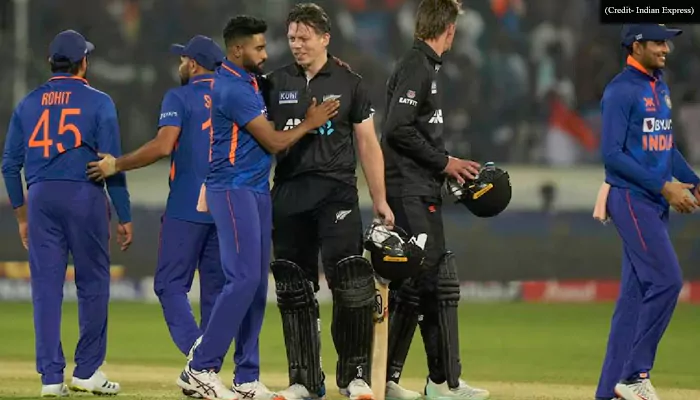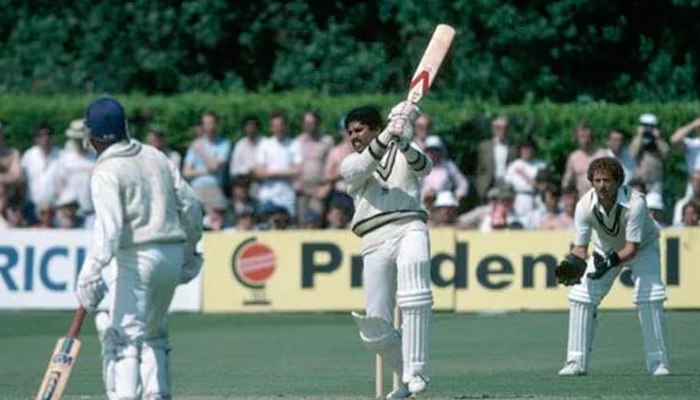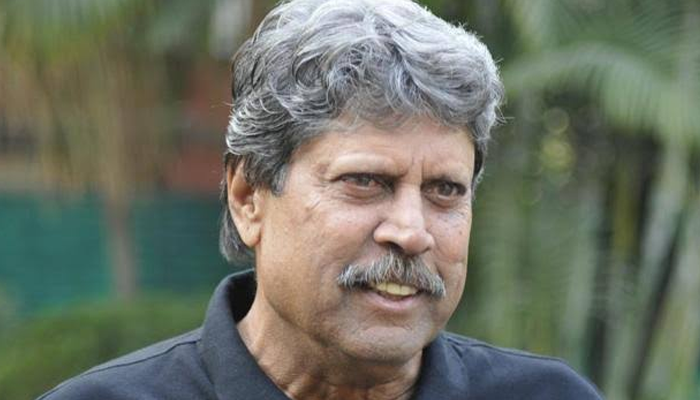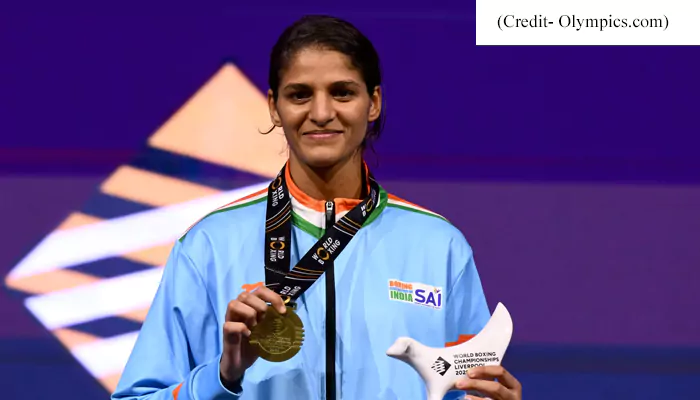On This Day (July 7): ODI Cricket Introduces Super Sub with Vikram Solanki
- Admin
- 1 year ago
- 4 minutes read

In the inaugural match of the five-match ODI series between England and Australia at Headingley, history was made when England batsman Vikram Solanki became the pioneer of the Super Sub rule
July 7, 2005, marked a watershed moment in international cricket innovation. Seeking to inject excitement into One-Day Internationals (ODIs), the ICC introduced the groundbreaking Super Sub rule. Unlike traditional substitutes limited to fielding duties, the Super Sub could bat, bowl, keep wicket, and field as required. This rule allowed teams to strategically swap out a player with their 12th man at any point in the game. Once substituted, the original player was sidelined for the match, while the Super Sub had the freedom to impact the game significantly. It was a bold move aimed at enhancing the dynamism and strategic depth of ODIs.

Vikram Solanki during the ODI match / Credit: Cric Tracker
In the inaugural match of the five-match ODI series between England and Australia at Headingley, history was made when England batsman Vikram Solanki became the pioneer of the Super Sub rule. This innovative concept allowed Solanki to replace fast bowler Simon Jones after he completed his 10-over quota.
Simon’s exit, Solanki’s entry
Returning to the match against Australia, Simon Jones exited the field after completing his allotted ten overs, paving the way for Vikram Solanki's entry at the end of the 31st over. Umpire Rudi Koertzen signalled the substitution with the distinctive 'T' sign, marking a historic moment in cricket—a departure from the more familiar substitutions in sports like football or hockey.
Solanki entered the field with Australia at 116 for four after 31 overs. Damien Martyn was at the crease with 22 runs, accompanied by Michael Clarke, who had recently joined him and was batting on two.
Australia held at 219
The England bowlers showcased their prowess, effectively strangling the Australian batting lineup. Despite Michael Hussey's brisk, unbeaten 46, the visitors could only muster 219 for 7. Paul Collingwood emerged as the hero with the ball, claiming crucial wickets, including those of Ricky Ponting, Damien Martyn, Andrew Symonds, and Michael Clarke. His contributions were pivotal in England's strong performance, restricting Australia's innings.

Marcus Trescothick celebrates his century // Picture Courtesy: Crickit
Trescothick's century guides England
In response, Marcus Trescothick and Andrew Strauss built a solid foundation for England with a vital 101-run opening stand in under 25 overs. Starting cautiously, they scored 26 runs in the first ten overs before accelerating to add another 60 runs. Strauss supported Trescothick's steady innings until Brad Hogg, Australia's Super Sub, broke through by dismissing Strauss for 41 off 84 balls.
Despite overcast conditions at Headingley, Michael Vaughan joined Trescothick and stabilised England's innings. Trescothick reached his half-century and eventually his ninth ODI century, while Vaughan contributed steadily, reaching fifty from 58 deliveries. Their partnership laid the groundwork for England's successful pursuit of Australia's target.
A comfortable win for England
Despite a few plays and misses, England maintained a comfortable pace with the required run rate and cruised to a nine-wicket victory. Ultimately, Vikram Solanki's batting skills were optional in this match. However, his moment came in the third ODI of the series at The Oval. In that game, he replaced Simon Jones again and delivered an impressive unbeaten 53, contributing to a competitive total for England. Unfortunately, despite Solanki's efforts, England lost the match and, ultimately, the series.
Despite its initial intrigue, the Super Sub-rule faced scrutiny from cricket administrators due to perceived advantages for the toss-winning team. After being implemented for 60 matches, it was eventually abolished. Australia notably won nine out of ten games when utilising the Super Sub, showcasing their adeptness with the rule. Meanwhile, PAK achieved a perfect record, winning both matches in which they employed a Super Sub, highlighting their success under this experimental regulation.











